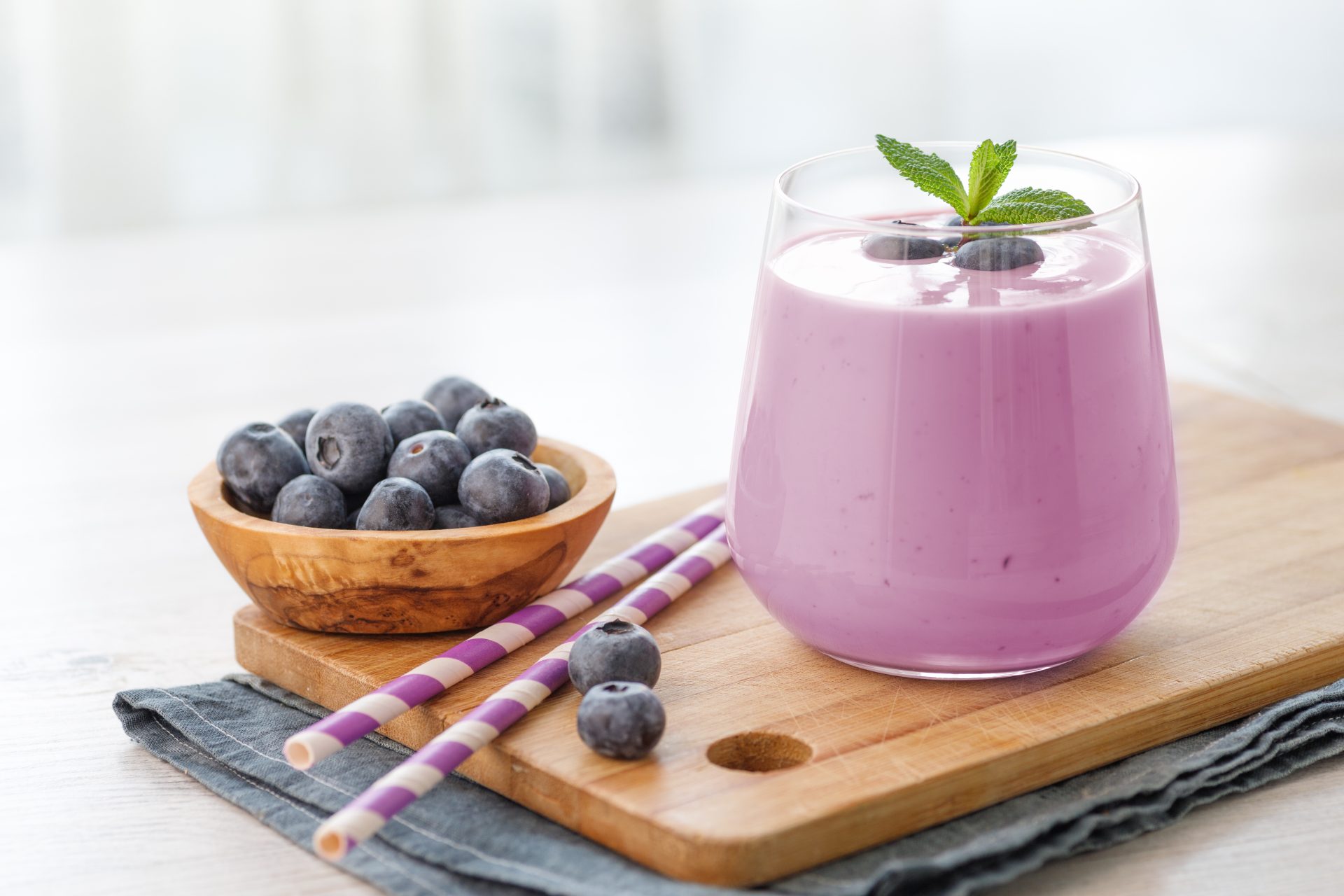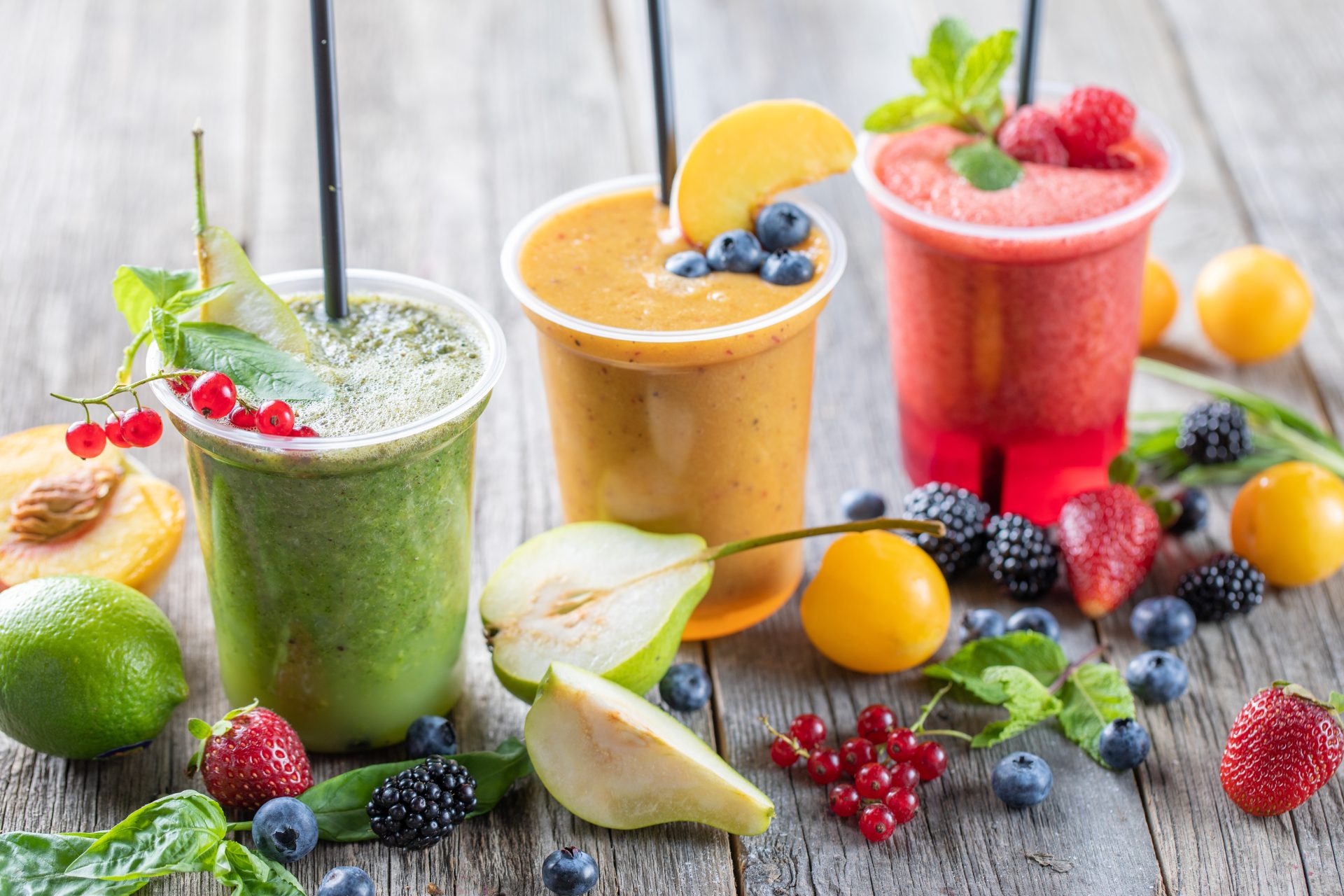

Stevia Leaf Extraction
Once stevia leaves reach their peak sweetness, they are harvested and dried. The dried stevia leaves are soaked in water to unlock the best-tasting, sweet substance found in the leaf. This extract is then filtered, purified, dried, and crystallized. The finished ingredient is a sweetener that can be used alone or in combination with other sweeteners to deliver great-tasting without calories.
- Natural Source: It is a traditional and natural process using Stevia rebaudiana leaves, a plant-based sweetener.
- Simple Process: The extraction process is relatively straightforward and doesn’t involve complex biotechnological steps.
- Familiarity: Consumers may prefer products derived directly from the Stevia plant due to their familiarity with this natural source
Bio-Conversion
This innovative biotechnological process begins with the extraction of steviol glycosides from the leaves of the Stevia rebaudiana plant, which are then further refined and transformed into specific targeted glycosides using enzymes. Bioconversion process emulates the natural maturation process that occurs within the stevia plant. Bioconversion is providing a sustainable and efficient means of producing high-purity steviol glycosides for use as natural sweeteners in various food and beverage applications.
In summary, bioconversion of steviol glycosides is cutting-edge biotechnological approach that enables the production of highly pure and specific steviol glycosides like Reb M and Reb D. This process not only mirrors nature but also offers numerous advantages in terms of precision, scalability, and sustainability, making it a key player in the development of natural, low-calorie sweeteners for the food industry.
- High Purity: Production of highly pure steviol glycosides.
- Sustainable: It reduces the dependence on cultivating large amounts of Stevia plants, potentially making it more environmentally friendly.
- Consistency: The controlled fermentation process can result in a more consistent and standardized product.




Glucosyl Stevia
Glucosyl Stevia is a remarkable innovation in the world of sweeteners. It’s a specific type of steviol glycoside that takes the goodness of Stevia to new heights by attaching a glucose molecule to the steviol backbone. This process significantly improves its taste and sweetness profile, making it remarkably similar to sugar. Glucosyl Stevia is a fantastic choice that provides the sweetness without the added calories.
- Improved Taste: Glucosylation enhances the taste and sweetness profile, reducing bitterness and providing a more sugar-like taste.
- Solubility: Glucosyl Stevia is more soluble in water, making it easier to use in a variety of food and beverage applications.
- Versatility: It allows for the creation of a wider range of stevia-based products due to its improved properties.
Product Types
- Rebaudioside M 50%-95%
- Rebaudioside D 50%-95%
- Rebaudioside E 95%
- Rebaudioside A 20%-99.9%
- Rebaudioside C 20-85%
- Mixed Steviol Glycosides
- Glucosyl Steviol Glycosides (Customized)




Product Applications
- Sweeteners and Sugar Substitutes: Stevia and its various forms of steviol glycosides, such as Rebaudioside M, Rebaudioside D, Rebaudioside E, Rebaudioside A, Rebaudioside C, and Mixed Steviol Glycosides, are widely used as natural sweeteners and sugar substitutes. They can be incorporated into a variety of food and beverage products to provide sweetness without adding calories, making them an excellent option for health-conscious consumers and those looking to reduce their sugar intake.
- Beverages: Stevia-based sweeteners are commonly used in beverages, including soft drinks, fruit juices, energy drinks, iced teas, and flavored water. The sweetness and solubility of Glucosyl Stevia make it particularly suitable for creating low-calorie and sugar-free beverage options.
- Baked Goods and Confectionery: Stevia can be used in baked goods like cakes, cookies, muffins, and bread, as well as in confectionery products like chocolates, candies, and chewing gum.
- Dairy and Dairy Alternatives: Stevia can be incorporated into dairy products like yogurt, ice cream, and milk-based beverages to add sweetness without the need for added sugar. It is also suitable for plant-based dairy alternatives, such as almond milk, soy milk, and coconut milk.
- Ready-to-Eat Meals and Sauces: Stevia can be used in the preparation of ready-to-eat meals and sauces, providing a natural sweetening option for dishes like marinades, dressings, and condiments.
- Health and Nutritional Products: Stevia’s zero-calorie nature and natural origin make it a popular choice for health and nutritional products, including dietary supplements, protein powders, and meal replacement shakes.
- Functional Foods and Beverages: Functional foods and beverages, which offer additional health benefits beyond basic nutrition, can incorporate stevia to enhance their appeal to health-conscious consumers.
- Tabletop Sweeteners: Stevia-based sweeteners are used as tabletop sweeteners to replace sugar in coffee, tea, and other beverages. The convenience of having stevia in a convenient, easy-to-use form makes it a popular choice for individual use.

